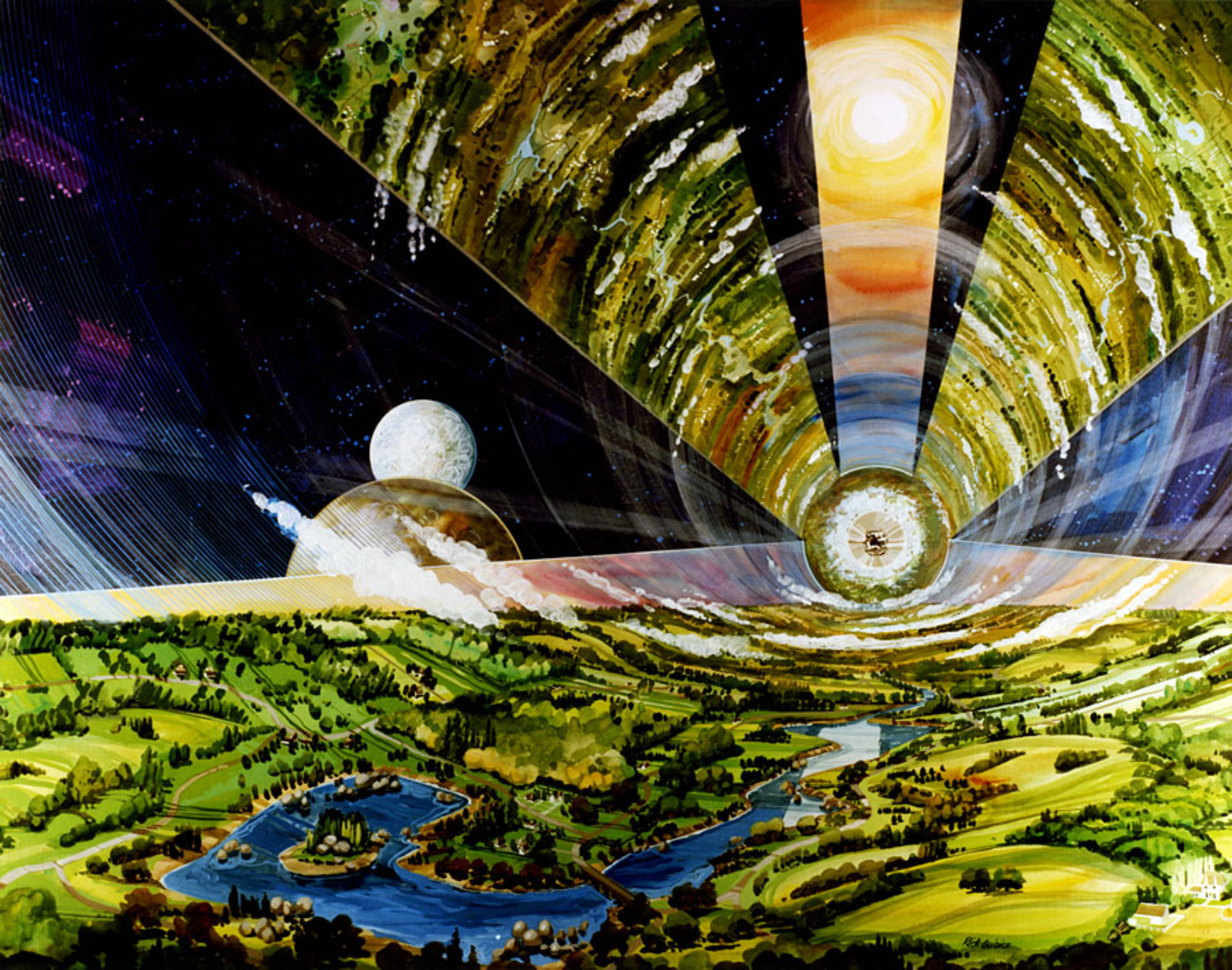
Kevin Cannon, one of our favorite researchers on ISRU here on SSP, recently appeared on The Space Show to discuss his new position as Senior Lunar Geologist for Ethos Space, a Los Angeles based lunar infrastructure startup that just emerged from stealth last June. Near term (by 2028), the company plans to support the Artemis program by attempting to robotically building landing pads for Starship using lunar regolith, an application SSP covered last year in a ground breaking trade study. Ethos also hopes to extract oxygen from lunar regolith which makes up 80% of rocket propellant and could be a major market segment in a cislunar economy. Incidentally, a few years ago Cannon looked into where on the Moon is the best place to source oxygen.
Long term (20 – 30 years from now) Ethos hopes to use lunar materials to manufacture a sunshade commissioned by world governments that would be placed at the L1 Sun-Earth Lagrange point to combat global warming by blocking 2% of sunlight that reaches our planet. Ethos Space CEO, Ross Centers, is founder of the nonprofit Planetary Sunshade Foundation which issued a report on the state of space based radiation modification about a year ago.



Cannon believes that a sunshade is a better geoengineering solution to cool the climate then cloud seeding with sulfur dioxide aerosols as at least one startup company, Make Sunsets, is proposing. Cannon believes this approach, which he says amounts to “using pollution to fight pollution”, will not be very popular with the general public. Make Sunsets counters this argument with an analysis available on their website showing that sulfur dioxide released high in the stratosphere is highly effective in counteracting the warming effect of carbon dioxide while dispersing to negligible levels globally reducing the chance of producing acid rain, the primary concern of sulfur releases in the lower atmosphere. In fact, a paper in Geophysical Research Letters published last August documents evidence that recent regulations on cargo ship emissions limiting sulfur pollutants may have actually contributed to global warming. In 2020 the International Maritime Organization (IMO) instituted new regulations reducing the maximum allowed sulfur emission per kg of fuel in ships by 80%. As a result, artificial clouds created by ship emissions decreased causing northern hemisphere surface temperatures to rise. This example reinforces the need to study geoengineering projects carefully to prevent unforeseen consequences. With respect to the sunshade, Cannon anticipates that international coordination will definitely be required as some countries may have farm land that would actually benefit from anticipated warming so may not want these regions shaded.
Back to the Moon: On The Space Show podcast Cannon mentioned that Ethos will be partnering with Astrolab, a Hawthorne, California based company which has already been awarded a NASA contract to develop a Lunar Terrain Vehicle for the Artemis program. Astrolab’s current concept, dubbed FLEX, is designed to carry two suited astronauts, has a robotic arm for science excavations, and can survive the extreme temperatures at the Lunar South Pole. The rover can be teleoperated remotely from Earth or driven by suited astronauts. The Ethos robotic system for fabricating lunar landing pads would be towed behind this rover while melting the regolith in place forming molten stripes over multiple passes that cool into igneous rock that would be very robust. The mechanism for how the regolith will be melted was not disclosed but if they are guided by the trade study mentioned above, microwave sintering makes the most sense.

In a post a few years ago on his blog Planetary Intelligence, Cannon makes the case that mining Luna for platinum group metals (PGM) would be more economically feasible than from near-Earth objects (NEO) because of transit times and operational difficulties due the typical NEO being an “…irregular shaped rubble pile–or basically a space sandcastle of loose dust and boulders–held weakly together by cohesion and microgravity, and spinning rapidly.” In addition, terrestrial ore grades are higher than in NEOs potentially making the economics challenging to compete with mines on Earth. The CEO of asteroid mining company Astroforge, Matt Gialich, begs to differ. He thinks there is a business case for mining NEOs and has venture capital backers that agree. Cannon actually collaborated with Gialich on a paper making the case for mining PGMs from main belt asteroids which SSP covered last year. However, the distances involved make near term profits difficult, and Astroforge is now focusing on NEO’s relatively close to Earth. Gailich also appeared on The Space Show this year and addressed the terrestrial ore grade question when I posed it to him, essentially saying that extraction of PGMs from NEOs could be economically competitive with terrestrial mines because they are so deep and have slim profit margins.
Both Ethos and Astroforge will have mission results in the next decade, although they are targeting completely different markets. Hopefully, both will succeed.


